Weekly Index
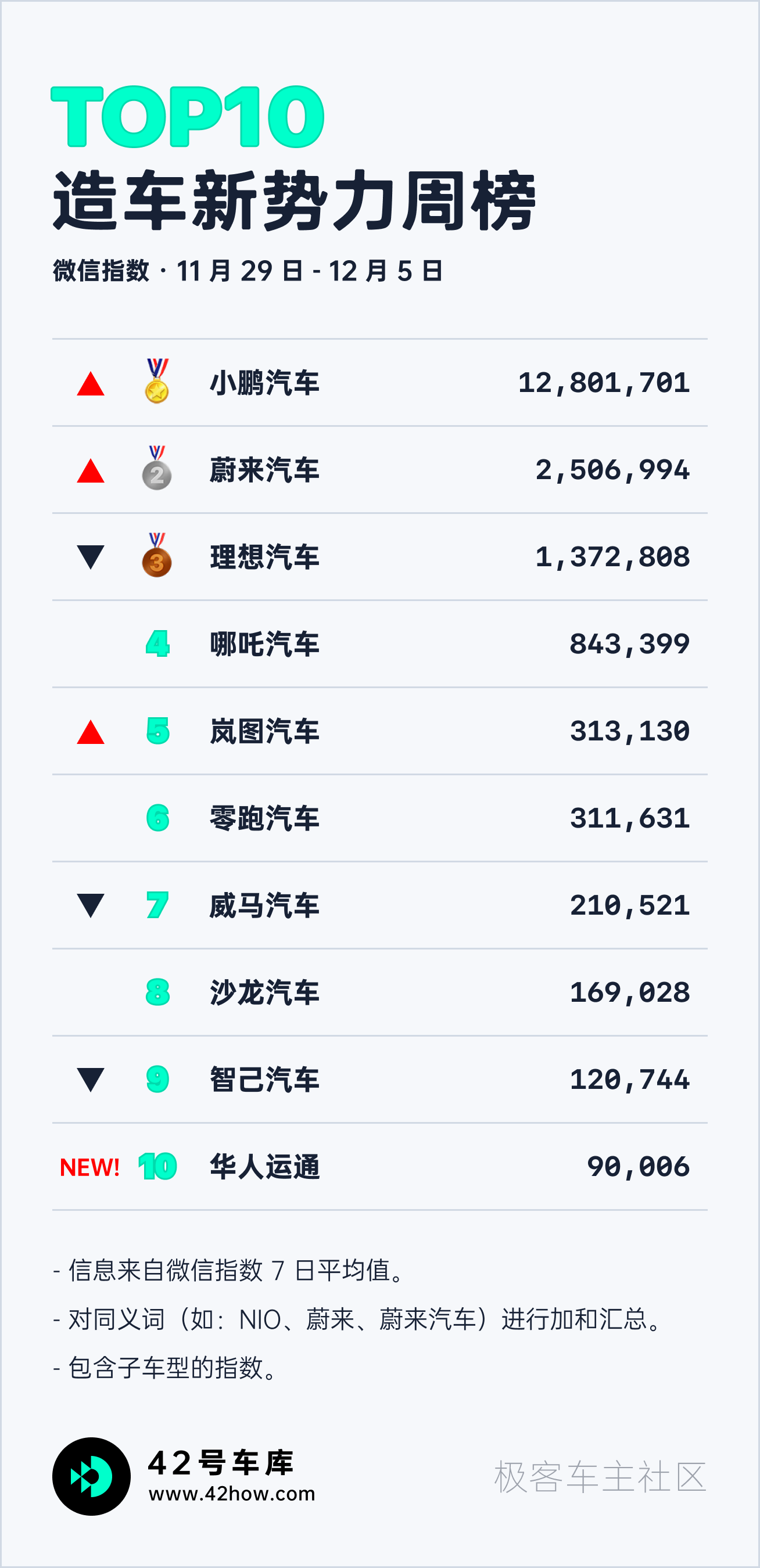
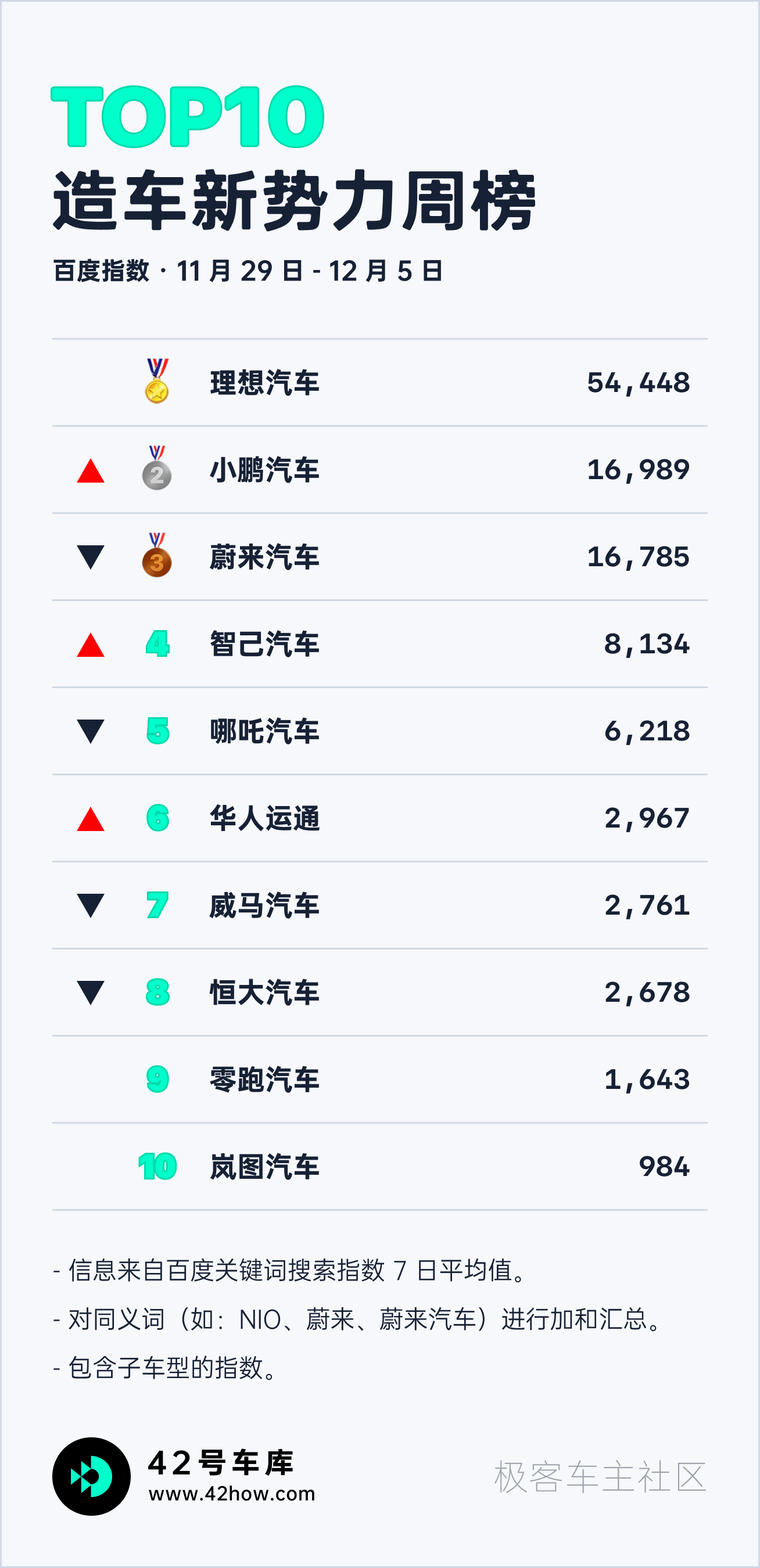

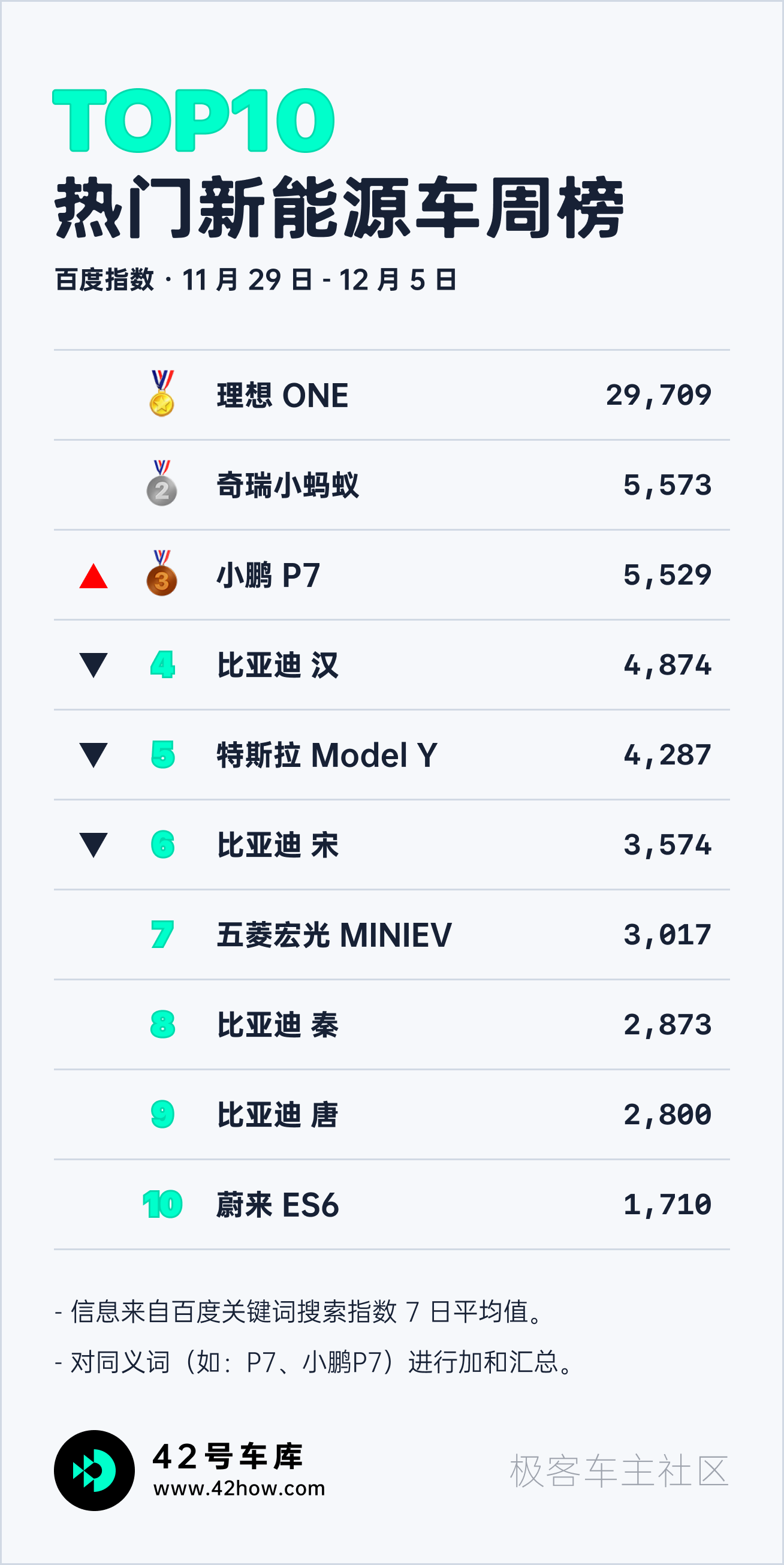
Weekly News
Diess to remain in charge of Volkswagen’s software unit
On December 7th, Volkswagen Group CEO Diess successfully retained his position and will fully assume the responsibilities of the software unit CARIAD at the beginning of next year, along with the 140 billion euro revival plan. It is expected that by 2026, one-quarter of Volkswagen Group’s sold vehicles will be pure electric products.
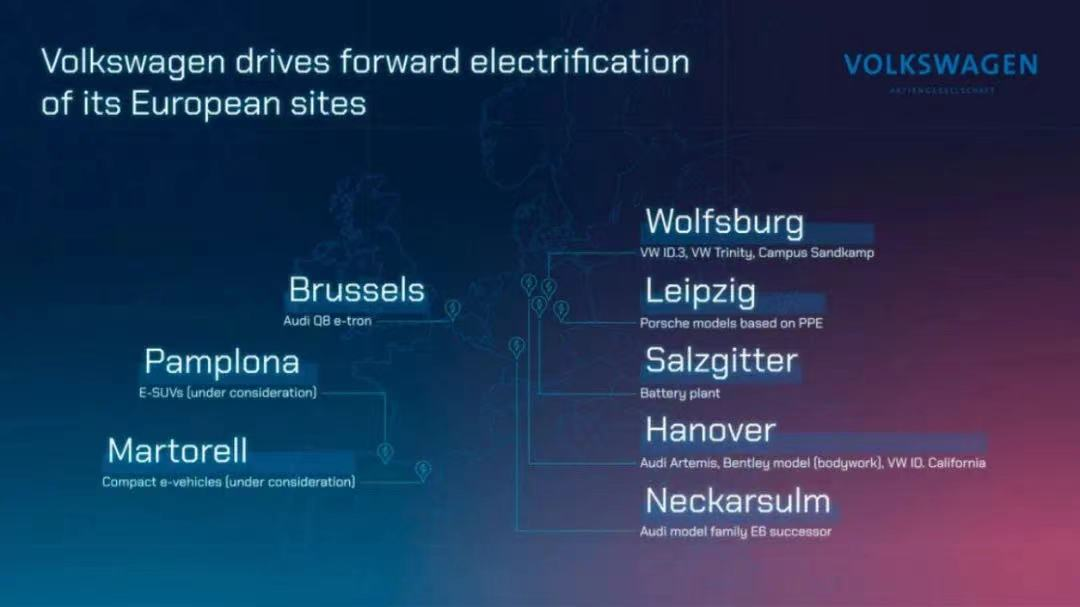
From the figure, it can be seen that Volkswagen Group’s Volkswagen, Audi, Porsche, and even Bentley have all revealed their respective pure electric plans. Did you notice the Volkswagen ID.California in small font at the bottom? This vehicle is likely to be a camping version of the ID.BUZZ, in other words, adding outdoor configurations to the ID.BUZZ.
Comments:
Regarding Diess’s retention, foreign media generally believe that although he was successful in retaining his position, his substantive power was weakened, but the fact may not be that way.
CARIAD, as the leader of Volkswagen’s software battle, was established as early as 2019 and began independent operation in 2020.
Volkswagen plans to invest 2.5-3 billion euros annually in CARIAD. As Volkswagen Group’s software department, CARIAD has top talents within the group and can operate the vehicle software among various brands with equal importance and authority. CARIAD’s responsible businesses mainly include E³ electronic and electrical architecture (including VW.OS) and VW.AC. This also shows that Diess still occupies an important position within Volkswagen Group.
Ideanomics’ subsidiary, WAVE, announces it has won an order to supply 13 electric buses
Ideanomics’ subsidiary, Solectrac, announces and unveils its latest electric tractors at the NAAE Expo in California
The Ideal ONE Navigation Assistance Driving Function is Officially LaunchedOn December 6th, the Ideal ONE released the OTA 3.0 version, which includes the “Navigation Assisted Driving” function NOA, and the 2020 users will have access to the “Visual Parking” function. Additionally, this OTA version optimized the correlation logic between assisted driving functions and safety belts, Ideal Classroom, lock and window lift, remote air conditioning, speed limit reminder, automatic emergency braking, and more.
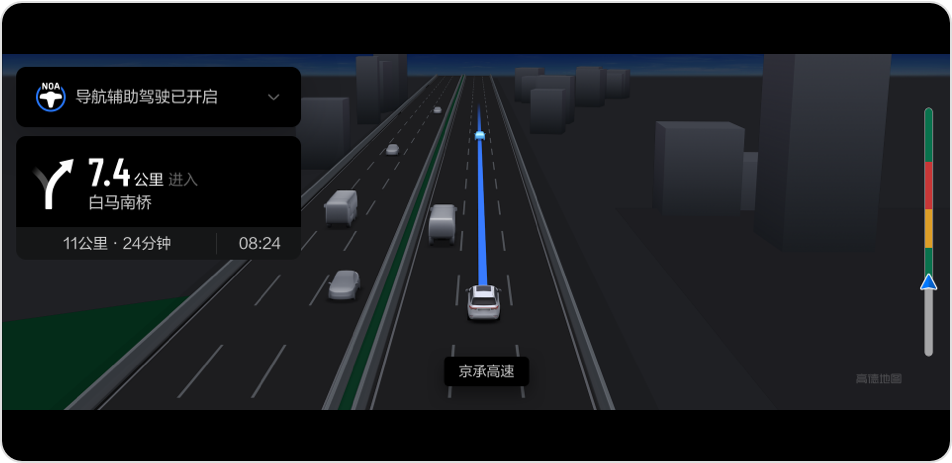
Quick Review:
After the release of Ideal NOA, we upgraded our Ideal ONE in the garage as soon as possible. After upgrading, everyone drove the Ideal ONE with NOA function for more than 1,000 km, and the overall experience was very good.
Ideal NOA can significantly reduce the driver’s fatigue on the elevated and highways. Unlike several other companies, Ideal requires the driver to press the button to confirm each time the car enters and exits the ramp or changes lanes. Although it may seem troublesome, giving drivers the right to choose can effectively improve efficiency and choose the right time to change lanes.
I’ll keep the specific readings a surprise for now. Stay tuned for the Ideal NOA test we will launch soon.
Tesla sales exceeded 50,000 last month
On December 8th, the China Association of Automobile Manufacturers released Chinese car sales data. In November, Tesla’s wholesale sales exceeded 50,000 vehicles again, reaching 52,859.
This is Tesla’s third consecutive month with more than 50,000 units sold. As of November, the delivery volume of the Tesla Shanghai Super Factory in 2021 has exceeded 400,000 units, reaching 413,283 units, a year-on-year increase of 242%.
Compared with the initial production capacity allocation in the previous quarters, Tesla’s Shanghai factory provided more capacity to the domestic market in the second month of Q4, indicating that the “wave delivery” model is indeed being adjusted.

Quick Review:
China has become the world’s largest high-potential new energy vehicle market. In the process of China’s new energy market shifting from “policy-oriented” to “market-oriented”, Chinese consumers are no longer hesitant to use pure electric vehicles, but are actively participating.
In November, the domestic retail penetration rate of new energy vehicles was 20.8%, and the penetration rate from January to November was 13.9%, a significant increase compared to the penetration rate of 5.8% in 2020. In November, the penetration rate of new energy vehicles in independent brands was 37.4%, the penetration rate in luxury cars was 19.4%, while the penetration rate in mainstream joint venture brands was only 3.6%.At present, Tesla has steadily entered the era of 50,000 monthly sales in China, and the excellent product power of Tesla itself and the large number of replenishment networks have also let many consumers put down their concerns. By the end of November 2021, Tesla’s sales had exceeded 400,000, and the year-end is approaching. What will be the total sales volume of Tesla in 2021? Let’s wait and see.
MIIT releases “Interim Regulations on Radio Management of Automotive Radar”
According to news from the official website of the Ministry of Industry and Information Technology of China, on December 6th, the Ministry of Industry and Information Technology issued the “Interim Regulations on Radio Management of Automotive Radar” (hereinafter referred to as the “Regulations”).
The main contents of this “Regulation” are as follows:
-
Except for other regulations by the national radio management agency, the 76-79 GHz frequency band cannot be used for other types of land-based radar, nor can it be used for radars used on aircraft (including drones, balloons, airships, etc.).
-
Setting up and using automotive radar in the 76-79 GHz frequency band does not require applying for a radio station license, but automotive radar devices produced, imported, sold and used domestically should apply for radio transmission equipment model approval from the national radio management agency.
-
It is not allowed to produce harmful interference to radio services or radio stations (points) lawfully conducted in the same frequency band or adjacent frequency bands, such as fixed, mobile, satellite fixed, amateur, radio astronomy, etc., and it stipulates the interference protection distance between different radio astronomy sites and automotive radars.
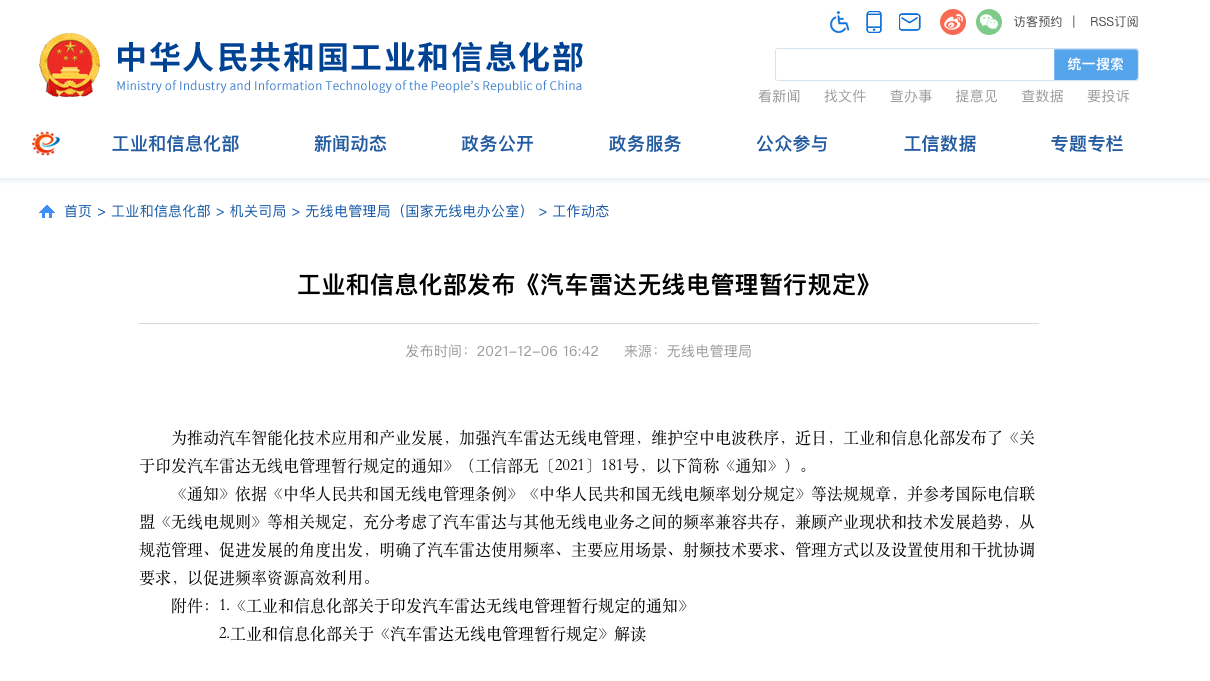
Commentary:
The radar mentioned in this “Regulation” refers to millimeter-wave radar for automotive use. As a part of the car, millimeter-wave radar provides assistance for intelligent driving of the car, mainly used for adaptive cruise control, collision avoidance, blind spot detection, lane change assistance, parking assistance, rear vehicle warning, pedestrian detection, etc., and has the advantage of stable target detection under adverse weather conditions such as rain and snow.
According to the Ministry of Industry and Information Technology, with the acceleration of the evolution of automotive electrification, networking, and intelligent technology, the application of advanced driver assistance systems (ADAS) is becoming more and more widespread, and millimeter-wave radar, as an important component for implementing driving assistance functions, is equipped on more and more models.
Radio frequency is the resource that automotive radar highly depends on for operation, and its radio frequency usage needs to be standardized and guided to reduce the interference between automotive radar and other radio businesses. In order to improve relevant management regulations, the Ministry of Industry and Information Technology has issued these regulations.
Cybertruck exposed again in the factory
On December 12th, inside the testing racetrack of Tesla’s Fremont factory in the United States, photos of the newly designed Cybertruck were exposed.
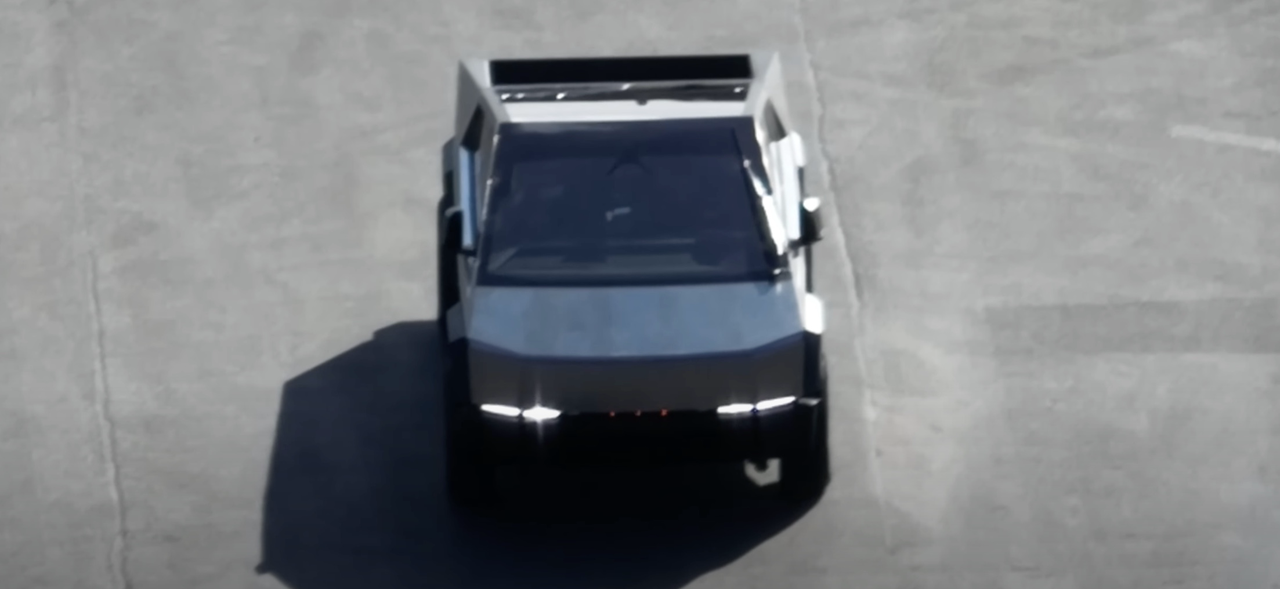 According to the picture, we can see that the style of the headlights has changed, with three smaller lights added to the headlights, and the front and rear bumpers have also been modified, with the original enclosed wheel hub becoming an open wheel hub.
According to the picture, we can see that the style of the headlights has changed, with three smaller lights added to the headlights, and the front and rear bumpers have also been modified, with the original enclosed wheel hub becoming an open wheel hub.
The mirrors have also changed from streamlining mirrors to solid mirrors, and the front windshield has become curved with a large wiper added. Tesla calls it the “Electromagnetic Windshield Wiper System,” which will be modular and easy to install and can be hidden in the trunk.
Fast forward to Tesla CEO Elon Musk’s response on Twitter, he claimed that the giant wiper in the picture will not appear in the production version of the Cybertruck. It is still unknown what kind of wipers will be used in the production model.
Additionally, rumors on Twitter suggest that Tesla might use the four-motor Cybertruck as the Cybertruck Plaid version. If this is true, the vehicle’s power could be close to 1,300 horsepower when converted using the electric powertrain of the Model S/X Plaid.
According to the latest statistics, Cybertruck has received over 1 million orders, and Tesla plans to put it into production before the end of 2022. The latest exposure tells us that the Cybertruck with a sci-fi-esque appearance is becoming more and more “realistic” after each update.
In other news, in December 8, 2021, the Shanghai Anting Enjoy Road Robotaxi Experience Center was opened, and Enjoy Travel, the mobility service brand owned by SAIC Group, officially launched the “Enjoy Road Robotaxi” ride-hailing service.
By the end of this year, the Shanghai team size will increase from the current 20 to 40, with 20 more operating vehicles also launching in Suzhou. In 2022, Enjoy Robotaxi will land in Shenzhen. By then, the total operating fleet will reach 200 units. By 2025, SAIC Group will establish a commercial Robotaxi fleet.The Robotaxi of Xiangdao is jointly created by SAIC Artificial Intelligence Laboratory, Momenta, and Xiangdao Travel to explore a brand-new commercial model of smart transportation business through the end-to-end “Intelligent Manufacturing + AI + Operation” triple combination. In the future, it will also be replicated in more cities.
The initial operational vehicles are SAIC Group’s RisingAuto MARVEL R, which have been reformed by the original factory for L4 intelligent driving system software and hardware integration. The iEPS redundant line control chassis product and 600 TOPS computing platform developed by Shanghai Sun-Wave Intelligent Automotive Technology Co., Ltd., an independent subsidiary of SAIC, improve vehicle control accuracy while providing dual-path redundant backups.
In terms of safety, the safety personnel of Xiangdao Robotaxi have undergone strict selection and professional training to ensure user safety.
In terms of information management system, Xiangdao Travel has established a sound network information security system for Xiangdao Robotaxi, effectively defending against network attacks, and fully ensuring the security of users’ personal information. Xiangdao Robotaxi also strives to create a differentiated market competition in this field.
This article is a translation by ChatGPT of a Chinese report from 42HOW. If you have any questions about it, please email bd@42how.com.
